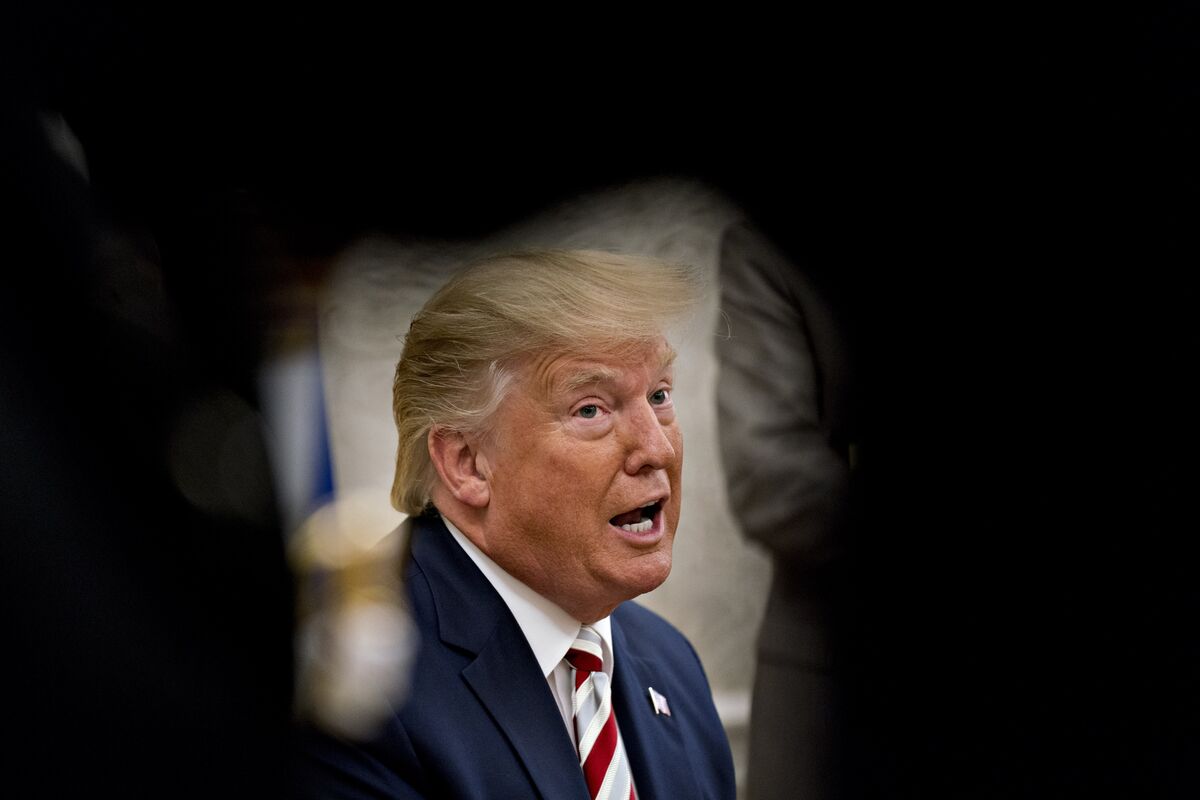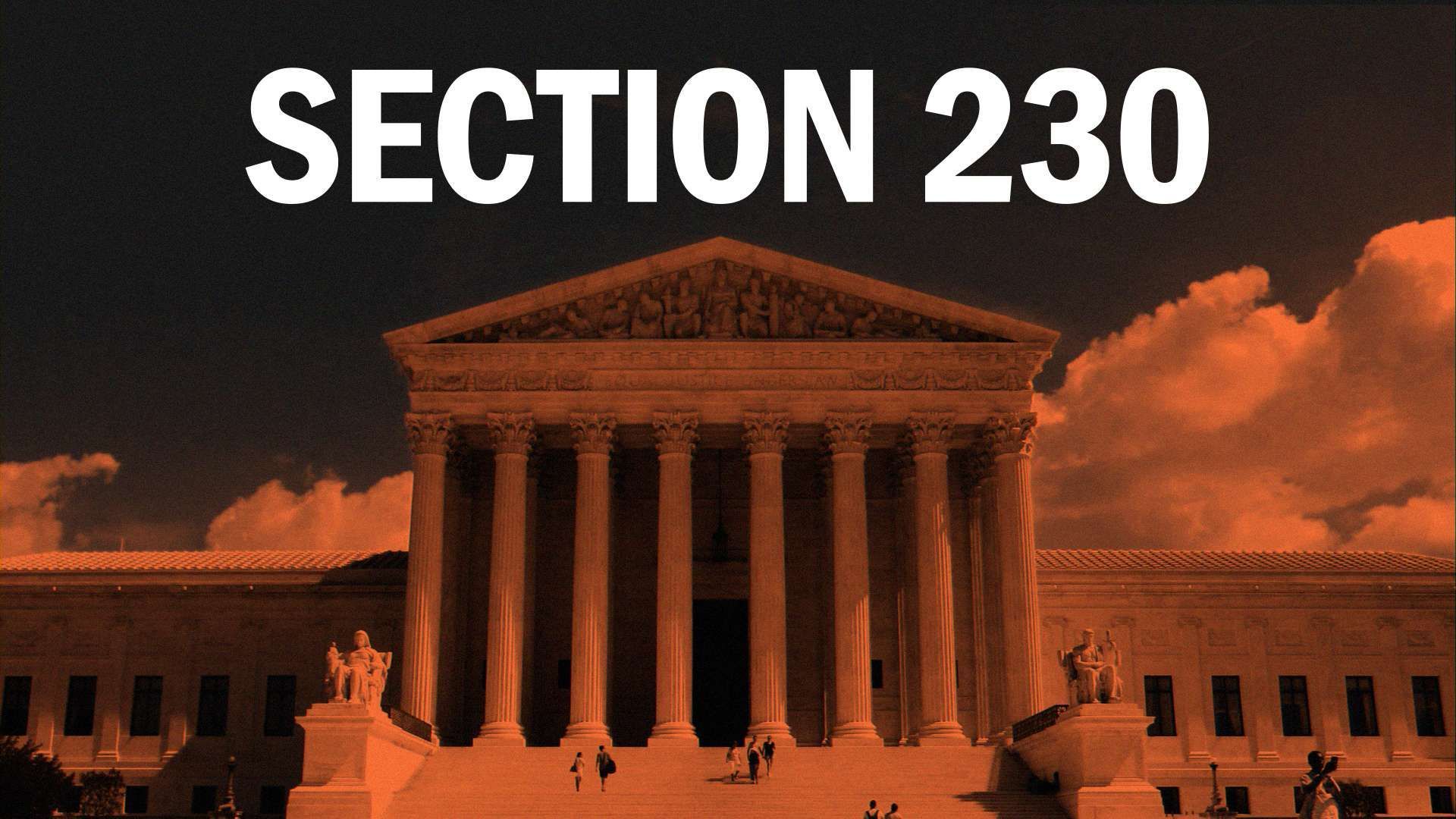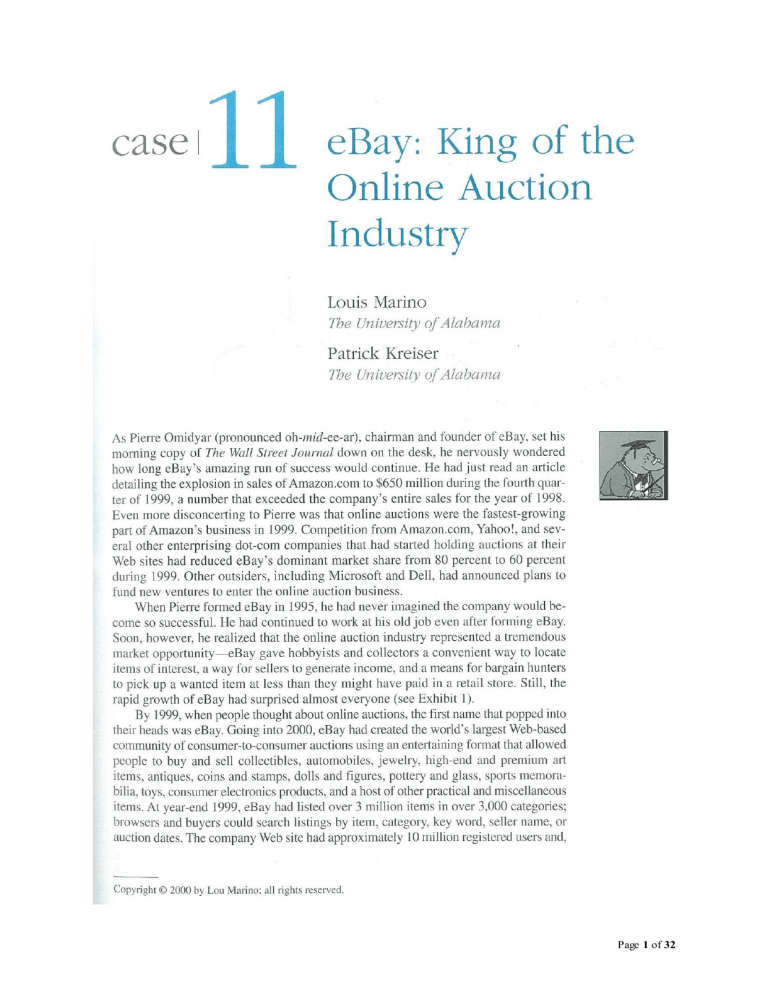Dissecting The Economic Impact Of Trump's Presidency

Table of Contents
The Impact of Tax Cuts and Their Economic Consequences
Trump's administration enacted significant tax cuts in 2017, aiming to stimulate economic growth through increased investment and job creation. Let's delve into the specific impacts:
Corporate Tax Cuts:
The corporate tax rate was slashed from 35% to 21%, the most significant reduction in decades.
- Increased Corporate Profits: Many corporations did experience increased profitability following the tax cuts. However, the extent to which this translated into increased investment and job creation remains a subject of debate.
- Investment and Job Creation: While some companies did invest in new equipment and expansion, the anticipated surge in job creation didn't fully materialize. Many companies used the extra profits for stock buybacks and shareholder dividends rather than significant investments in new projects and hiring.
- Impact on Income Inequality: Critics argue that the tax cuts disproportionately benefited wealthy corporations and shareholders, exacerbating income inequality. Studies examining the distributional effects of the tax cuts have produced mixed results, highlighting the complexity of this issue. Further research is needed to fully understand the long-term impacts on wealth distribution.
Individual Tax Cuts:
Individual tax brackets and deductions were also altered, resulting in lower tax burdens for many Americans.
- Short-Term Benefits: Many taxpayers saw a noticeable reduction in their tax bills in the short term. This provided a boost to disposable income, potentially stimulating consumer spending.
- Long-Term Effects on National Debt: The tax cuts significantly increased the national debt, raising concerns about long-term fiscal sustainability. The reduced government revenue limited the ability to fund crucial social programs and infrastructure projects.
- Distributional Effects: The benefits of the individual tax cuts were not evenly distributed. Higher-income individuals generally benefited more significantly than lower-income individuals.
The National Debt Under Trump:
The national debt increased substantially during Trump's presidency, largely fueled by the tax cuts and increased government spending.
- Tax Cuts and Rising Debt: The combination of tax cuts and increased spending led to a widening budget deficit and a rapid increase in the national debt. This trend raises concerns about the long-term economic health of the nation and the potential for future economic instability.
- Future Economic Consequences: The rising national debt could lead to higher interest rates, reduced government investment, and increased vulnerability to economic shocks. This debt burden poses a significant challenge for future administrations.
Trade Policies and Their Influence on the US Economy
Trump's administration pursued a protectionist trade agenda, characterized by trade wars and renegotiated trade agreements.
Trade Wars and Tariffs:
The imposition of tariffs on goods from China and other countries aimed to protect American industries and jobs.
- Effects on Consumer Prices: Tariffs led to increased prices for consumers on a range of imported goods, impacting household budgets.
- Impact on American Businesses: While some American businesses benefited from protection against foreign competition, others suffered from increased input costs and reduced access to global markets. The agricultural sector, for example, faced significant challenges due to retaliatory tariffs from other countries.
- International Trade Relations: The trade wars strained relationships with key trading partners, disrupting global supply chains and creating uncertainty for businesses worldwide.
Renegotiation of Trade Agreements:
The renegotiation of NAFTA resulted in the USMCA (United States-Mexico-Canada Agreement).
- USMCA: Benefits and Drawbacks: The USMCA brought some changes to the original NAFTA agreement, aiming to improve conditions for American workers and businesses. However, the economic benefits and drawbacks are still being debated and assessed, with varying perspectives among economists and industry stakeholders. The long-term impacts of the agreement are yet to be fully realized.
Deregulation and its Effects on Various Sectors
Trump's administration pursued a policy of deregulation across several sectors.
Financial Deregulation:
Changes in financial regulations aimed to ease the burden on financial institutions and encourage lending.
- Potential Benefits: Relaxed regulations could potentially lead to increased lending and economic activity. However, there are concerns about potential risks to financial stability.
- Risks of Increased Financial Instability: Reduced regulatory oversight increases the risk of future financial crises. This risk needs careful monitoring and evaluation.
Environmental Deregulation:
The rollback of environmental regulations aimed to reduce the burden on businesses.
- Short-Term Economic Benefits vs. Long-Term Environmental Costs: While deregulation might offer short-term cost savings for businesses, the potential long-term environmental costs could be substantial, including damage to ecosystems and public health. This trade-off requires careful consideration.
Economic Growth and Job Creation During the Trump Presidency
Let's examine the key economic indicators during this period:
GDP Growth Rates:
GDP growth rates during Trump's presidency were mixed, influenced by various global and domestic factors.
- Comparison with Previous Administrations: The GDP growth rates under Trump were comparable to those of previous administrations, although the impact of the tax cuts and other policy changes on growth is a topic of ongoing discussion. The global economic context should also be carefully considered when analyzing these numbers.
Job Creation and Unemployment Rates:
The unemployment rate reached a historic low during this period.
- Types of Jobs Created: The types of jobs created and their impact on various demographic groups warrant further examination.
- Impact on Different Demographic Groups: While the overall unemployment rate decreased, the impact on different demographic groups and regions needs to be analyzed more thoroughly to determine the true picture of economic equality during this time.
Conclusion: Assessing the Complex Economic Legacy of the Trump Presidency
Trump's economic policies produced a mixed legacy. While tax cuts provided short-term benefits for some, they also contributed to a rise in the national debt. Trade policies led to increased consumer prices in some sectors and strained international relations. Deregulation aimed to boost economic activity but also raised concerns about financial stability and environmental protection. Job creation and GDP growth were positive, yet the long-term implications of the policies remain subject to ongoing economic and political analysis.
To gain a complete understanding of this complex economic picture, continue your research on the economic impact of the Trump administration, examining the effects of specific Trump-era economic policies in greater detail. Deepen your understanding of the economic legacy of the Trump presidency through further exploration of reputable economic data and analysis.

Featured Posts
-
 2025 Razer Blade 16 Review Balancing Portability Performance And Price
Apr 22, 2025
2025 Razer Blade 16 Review Balancing Portability Performance And Price
Apr 22, 2025 -
 Auto Dealers Intensify Fight Against Ev Sales Requirements
Apr 22, 2025
Auto Dealers Intensify Fight Against Ev Sales Requirements
Apr 22, 2025 -
 E Bay And Section 230 A Judges Ruling On Banned Chemical Listings
Apr 22, 2025
E Bay And Section 230 A Judges Ruling On Banned Chemical Listings
Apr 22, 2025 -
 Conclave 2024 Evaluating Pope Franciss Papacy
Apr 22, 2025
Conclave 2024 Evaluating Pope Franciss Papacy
Apr 22, 2025 -
 Section 230 And The Sale Of Banned Chemicals On E Bay A Case Study
Apr 22, 2025
Section 230 And The Sale Of Banned Chemicals On E Bay A Case Study
Apr 22, 2025
